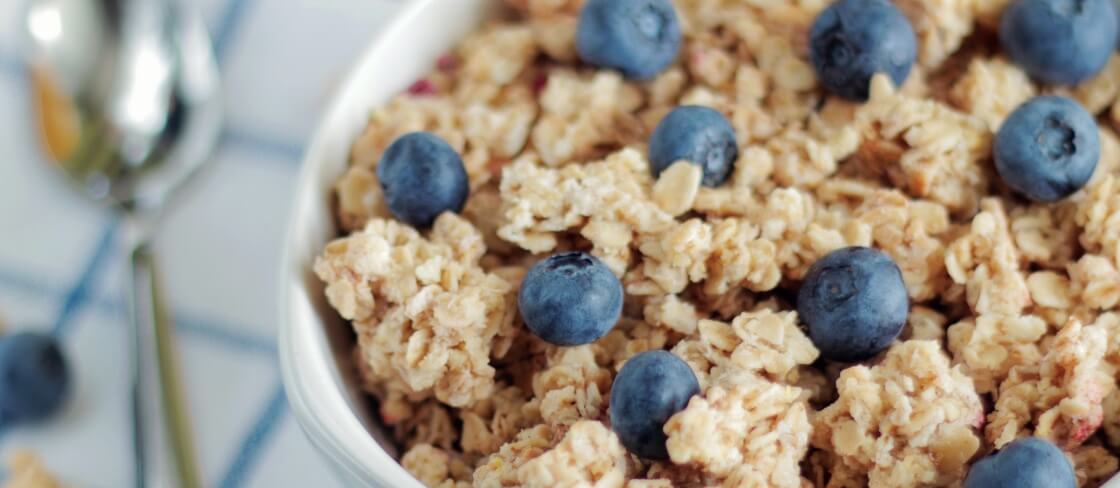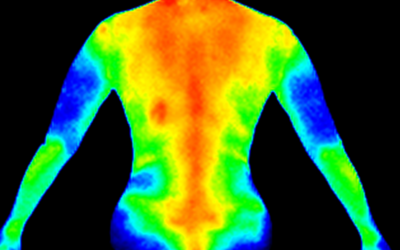Body composition is one of the most effective ways to measure health and longevity. It gives you great insight into your health and can be used to measure your progress toward your personal goals. Here’s what body composition analysis is and how it can be used to your benefit.
What is Body Composition Analysis?
Your body composition refers to what percentage of your body is made of fat and muscle, among other components.
While stepping on a scale or determining your body mass index (BMI) are often the go-to ways to try and get a numerical sense of your health, they don’t really tell you much. In fact, the CDC actually says that BMI is not a good tool for accurately determining someone’s body fat, or to assess overall health. This is because BMI doesn’t take into consideration the different components that make up your individual body. Plus, while fat and muscle can weigh the same, muscle is much more dense.
On the other hand, a body composition analysis is a method of measuring exactly how your whole body is composed. This includes what percentage of your body is made up of fat and muscle, as well as your unique composition of minerals, protein, and water. This type of testing is a much more targeted and accurate measure of your weight and composition than many other approaches.
Types of Body Composition Analysis
There are several types of body composition analyses that can be conducted using the measurements of your body. Two of the most common approaches are outlined below.
2C Model:
The 2C (“compartment”) model primarily measures your fat mass and your fat-free mass, and uses these values along with your total body weight to determine your body fat percentage.
The average body fat mass for healthy men is around 8-19% and 21-33% for healthy women. While people are often trying to lower the amount of fat on their bodies, having an extremely low body fat mass isn’t recommended. Fat is an essential part of your body composition, as it leads a number of important functions. When it comes to fat-free mass, this refers to everything in your body that isn’t made up of fat, like body water, your organs, tissue, and skeleton.
4C Model:
The 4C model is more detailed in that it breaks down your body measurements into 4 categories: body water, protein contained in your muscles, minerals in your bloodstream and bone tissues, and fat.
Methods of Measuring Body Composition
Several types of body composition tests can be done to collect the data needed for the analysis. Below are a few of the most frequently used methods for gathering data on your body composition.
Dual Energy X-Ray Absorptiometry (DEXA)
While the DEXA scan was first created to measure bone density, it’s now being used to measure body fat and muscle mass too. This involves laying down in a large machine, which will send X-rays throughout your body to collect composition information. The DEXA scan can measure your body in segments, collecting information on the fat mass, soft lean mass, and bone density in each arm and leg individually, for example. DEXA scans can be costly and typically require an appointment to be made with a clinic.
Hydrostatic Weighing
Also called underwater weighing, this approach involves using your weight underwater to determine your body fat percentage. This typically looks like a small pool in which you will sit on a special scale and be submerged after exhaling all of your breath. Body fat percentage is calculated using your underwater weight, your weight on land, and the pool water density.
Skinfold Calipers
This tool is frequently utilized to measure body composition because it’s accessible and fairly easy to use. The calipers will be used to pinch external body fat in several places on your body, measuring how much skin can be gripped. Calculations are then done with these values to determine your body fat percentage. Note that results from using a skinfold caliper can vary depending on who performed the measurements, and how accurately the test is redone if comparing results between multiple assessments.
Bioelectrical Impedance Analysis
One of the most accurate measurements of body composition, and my favorite, is the Bioelectric Impedance Analysis (BIA).
How Does a Bioimpedance Test Work?
This test uses a small electrical current to measure your body composition by way of your body water. It gives a lot of information about your body, beyond just body fat percentage, and can usually be done without the help of a trained technician. A BIA will quantify your muscle mass, fat mass, hydration status, and cellular integrity.
Keep in mind that there are several types of BIA devices available, which can vary in their accuracy and the amount of information they can collect. Medical-grade BIAs are the most in-depth, and can measure your entire body, whereas consumer-level BIA devices can measure your leg impedance but then use this to estimate your upper body results. Nearly all BIA devices will be able to tell you your body fat percentage, but the higher level ones are generally more accurate and can also tell you things like skeletal muscle mass, lean body mass, and body water weight.
Why Measure Your Body Composition?
Knowing your body composition, and understanding what these numbers mean, is a great place to start if you’re looking to make some changes or improvements to your physical health.
I perform BIA during initial client assessments, to help create the best meal plan and health strategies tailored just for you. Subsequent BIA testing is typically done every 4-6 weeks to help determine the effectiveness of your nutrition and fitness programming and make timely adjustments accordingly.
Remember that physical activity goes hand in hand with nutrition when setting and achieving your health goals. The Body Revive Diet program may be the perfect fit to help you look and feel better, have more energy, and jumpstart better eating habits, to support your body composition goals.







0 Comments